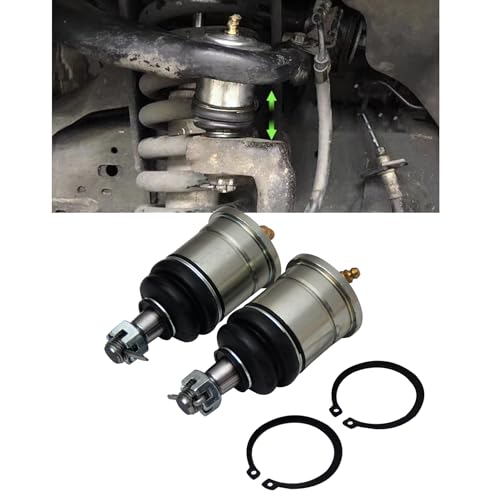merchant
Member
Hi all,
I'm currently in a battle with Nissan over this DPF thing. To cut a long story short, my two month old Nissan died in the outback of northern WA. The problem was traced back to the DPF after being at a repairers for six days. When the Nissan warranty dept got wind of this they quickly informed me it was not a manufacturing fault and therefore wouldn't cover the repairs. I was livid.
As a result i started researching what this DPF thing did. This is my understanding; the DPF has three sensors. One prior, on and after the DPF. The sensors measure the pressure differential between each sensor which informs the ECM to increase the fuel delivery which is supposed to increase the exhaust temperature. The increase in temperature burns the soot collected in the DPF, which is supposed to lower carbon emissions and save the world. Apparently, its a European thing.
After two letters and numerous phone calls Nissan have washed their hands of it. The WA dept of trading is now on there heals.
Sorry for hijacking the thread, but i'm a bitter man.
I'm currently in a battle with Nissan over this DPF thing. To cut a long story short, my two month old Nissan died in the outback of northern WA. The problem was traced back to the DPF after being at a repairers for six days. When the Nissan warranty dept got wind of this they quickly informed me it was not a manufacturing fault and therefore wouldn't cover the repairs. I was livid.
As a result i started researching what this DPF thing did. This is my understanding; the DPF has three sensors. One prior, on and after the DPF. The sensors measure the pressure differential between each sensor which informs the ECM to increase the fuel delivery which is supposed to increase the exhaust temperature. The increase in temperature burns the soot collected in the DPF, which is supposed to lower carbon emissions and save the world. Apparently, its a European thing.
After two letters and numerous phone calls Nissan have washed their hands of it. The WA dept of trading is now on there heals.
Sorry for hijacking the thread, but i'm a bitter man.























